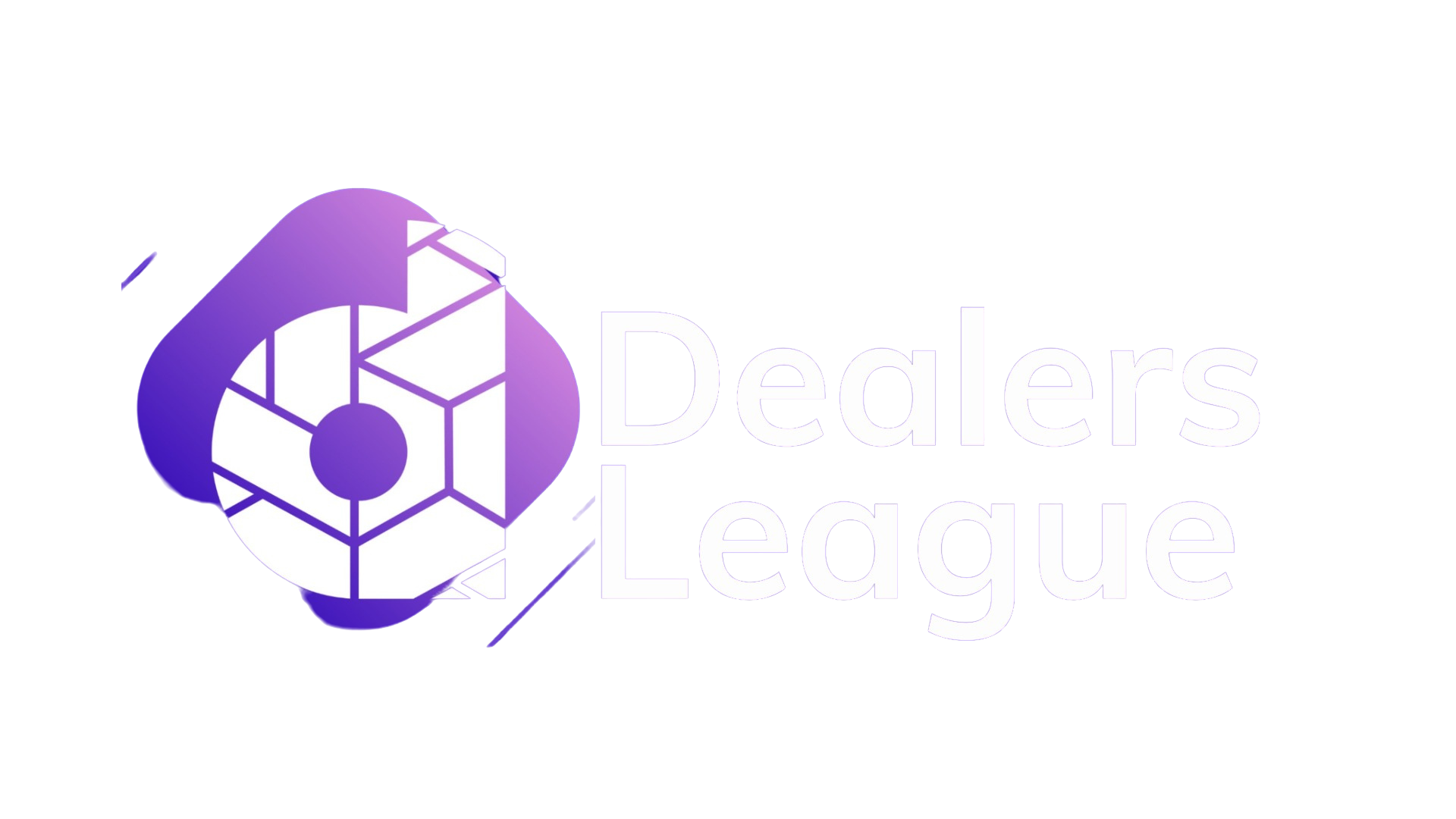Keeping on top of the latest developments in SEO is essential for any business looking to maintain a competitive edge. One such recent and impactful update from Google is the Navboost algorithm. But what exactly is Navboost, and why should businesses focus on it for their SEO strategies? Let’s delve into this topic to understand its significance and benefits.
What is Google Navboost?
Navboost is a Google ranking factor that emerged during the antitrust trial between Google and the U.S. Department of Justice. This algorithm is tailored to enhance search results for navigation queries. These are searches where the user’s intent is to find a specific location or navigate to a particular place, either online or offline. Navboost leverages various signals, including user clicks and behaviour, to deliver the most relevant results for these types of searches.
Navboost and Glue
Although Navboost and Glue are often used interchangeably, they serve distinct roles. Navboost focuses on web results, while Glue manages other features of the SERP (Search Engine Results Page). Glue aggregates all user interactions, such as clicks, hovers, scrolls, and swipes, to create a common metric for comparing search results and features.
Navboost is a Google ranking factor that focuses on improving search results for navigation queries. It uses various signals, including user clicks, to determine the most relevant results. Navboost is also referred to as “Glue” in some contexts, which includes all other rich features on a given SERP, such as Google Ads, map packs, knowledge panels, and images. Glue looks beyond just clicks to also track swipes, hovers/mouseovers, and scrolls, and factors these interactions into its ranking signals.
Key Points:
- Navboost: Focuses on web results, uses user clicks to determine relevance, and retains data for up to 13 months.
- Glue: Includes all other rich features on a SERP, such as Google Ads, map packs, knowledge panels, and images, and tracks user interactions like swipes, hovers/mouseovers, and scrolls.
- Slices: Accounts for different characteristics of a search query, such as location or device type, which may influence how Navboost is applied from one instance of a query to another.
How Does Google Navboost Work?
Navboost works in conjunction with other Google algorithms and machine learning models to determine the most relevant search results. Through machine learning, it continually improves its ability to understand language and the intent behind searches, making it especially effective at interpreting ambiguous or complex queries. Navboost retains past clicks for queries up to 13 months old, adapting to evolving user behaviour and preferences. It also segments results based on localisation and device type (mobile or desktop), ensuring highly relevant results to the user’s context.
User Signals and Algorithms
The success of Navboost relies significantly on user signals such as click-through rates, user behaviour, and website quality. By analysing these signals, it determines which results are most likely to satisfy the user’s search intent. Consequently, websites that engage users effectively stand a better chance of ranking higher for navigation queries.
Historical Data and Segmentation
Navboost harnesses historical data to refine its results. It retains past clicks for queries up to 13 months old, allowing it to adapt to evolving user behaviour and preferences. Furthermore, it segments results based on factors like localisation and device type (mobile or desktop), ensuring that the results are highly relevant to the user’s context.
Navboost and SEO Rankings
For SEO, Navboost highlights the importance of clear site navigation and a user-friendly interface. Websites that are easy to navigate and provide a seamless user experience are more likely to rank higher in search results for navigation queries. This requires SEO strategies to focus more on the usability and navigational aspects of their websites.
Impact of Navboost on Search Engine Optimisation (SEO)
Navboost plays a crucial role in search engine optimisation (SEO). Since its introduction, Google has been emphasising the importance of delivering precise navigation results. This means that websites with well-structured navigation elements, a clear information hierarchy, and easy-to-understand site structures are more likely to benefit from Navboost.
Improving Search Result Quality
Navboost helps maintain the quality of search results. According to testimonies from Google’s antitrust trial, an experiment that removed user click data from Navboost had a significant negative impact on search quality. This highlights the importance of user interaction data in enhancing search results.
Enhanced Navigation Results
Websites with clear navigation paths and logical site structures tend to rank higher as Navboost values user-friendly interfaces. By ensuring users can easily find what they are looking for, these sites improve their chances of ranking well for navigation queries.
Improved User Experience
Navboost aims to refine navigation-oriented queries, providing users with more accurate search results and reducing the time it takes to find desired information. This improved user experience can lead to higher engagement and satisfaction.
Optimising for Mobile and Voice Search
As mobile and voice searches continue to grow in popularity, Navboost becomes increasingly relevant. Optimising navigation elements for mobile devices and voice search can help improve a website’s visibility and performance.
Conclusion on Google Navboost
Google Navboost is a powerful tool designed to enhance the accuracy and relevance of navigation-oriented search queries. By optimising your website’s navigation structure, user interface, and following best SEO practices, you can positively impact your site’s visibility and engagement for navigation-based searches. It is important to remember that while Navboost is a crucial part of Google’s algorithm, it is just one of many factors that Google uses to determine search results.

